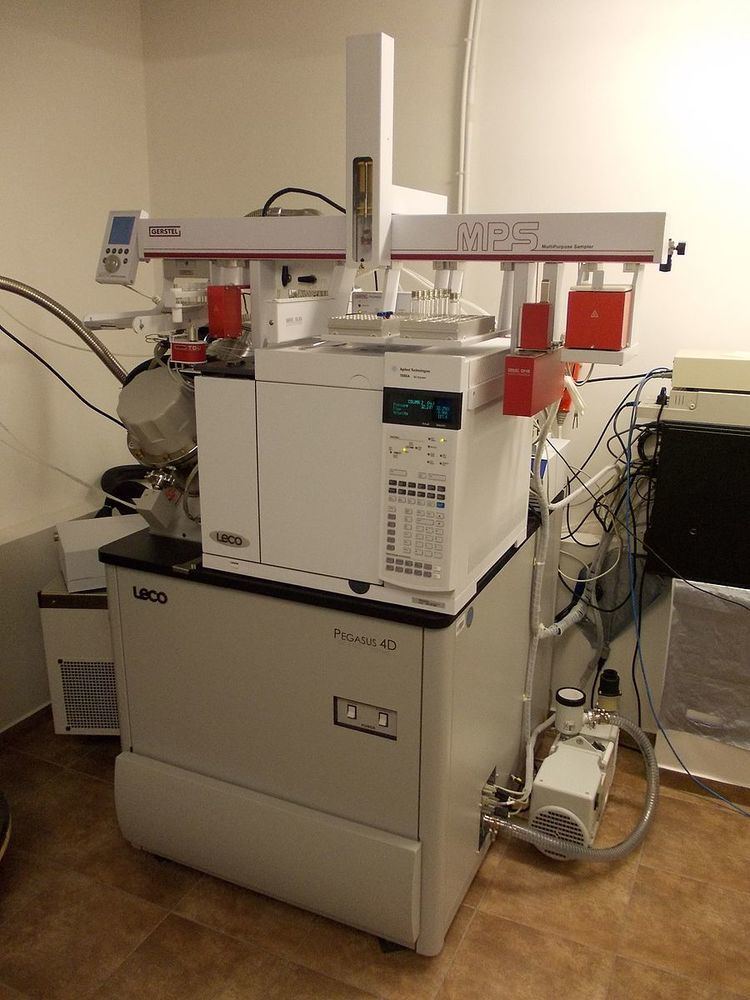 | ||
Two-dimensional chromatography is a type of chromatographic technique in which the injected sample is separated by passing through two different separation stages. This is done by injecting the eluent from the first column onto a second column. Typically the second column has a different separation mechanism, so that bands that are poorly resolved from the first column may be completely separated in the second column. (For instance, a C18 reversed-phase chromatography column may be followed by a phenyl column.) Alternately, the two columns might run at different temperatures. The second stage of the separation must be run much faster than the first, since there is still only a single detector. The plane surface is amenable to sequential development in two directions using two different solvents.
Examples
Two-dimensional separations can be carried out in gas chromatography or liquid chromatography. Various different coupling strategies have been developed to "resample" from the first column into the second.
The chief advantage of two-dimensional techniques is that they offer a large increase in peak capacity, without requiring extremely efficient separations in either column. (For instance, if the first column offers a peak capacity (k1)of 100 for a 10-minute separation, and the second column offers a peak capacity of 5 (k2) in a 5-second separation, then the combined peak capacity may approach k1 × k2 = 500, with the total separation time still ~ 10 minutes). 2D separations have been applied to the analysis of gasoline and other petroleum mixtures, and more recently to protein mixtures.
